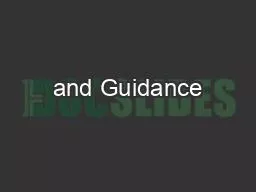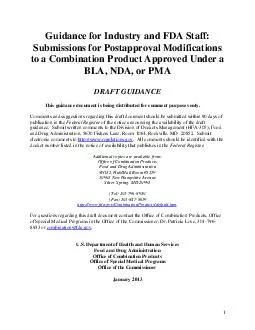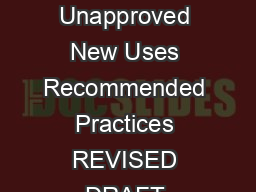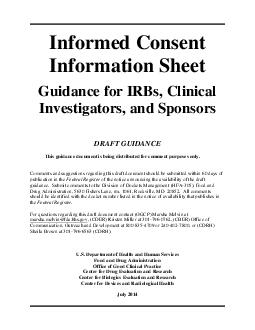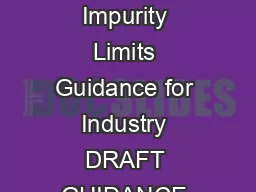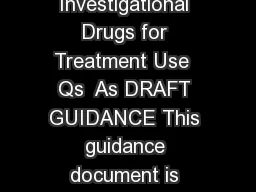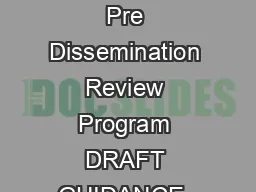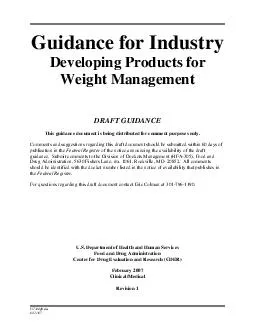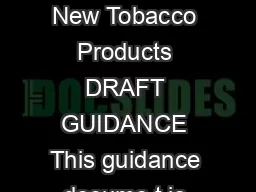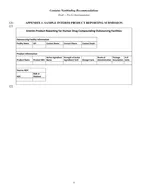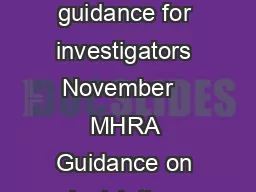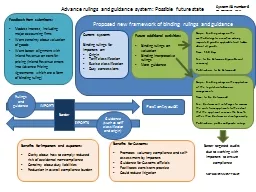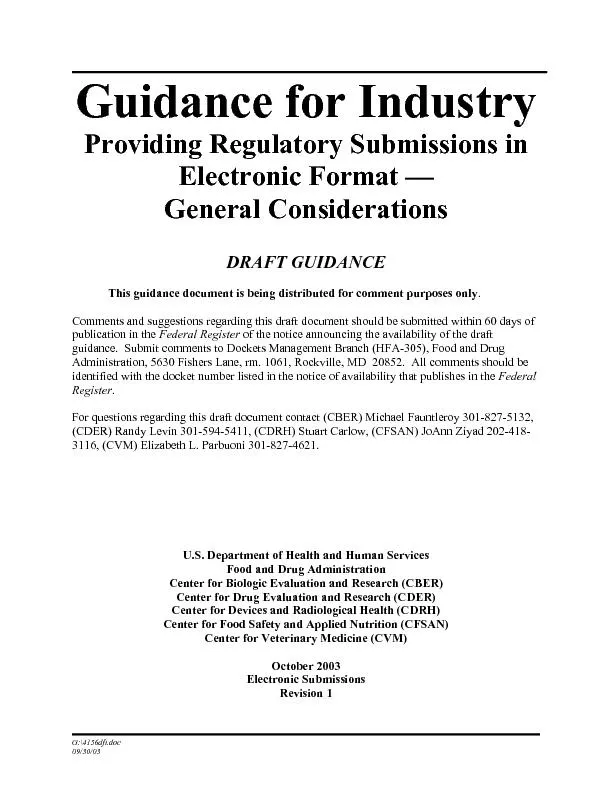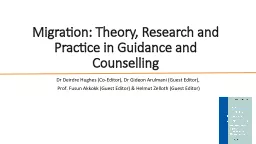PDF-and Guidance
Author : jordyn | Published Date : 2021-09-29
1Advisory on Potential Sanctions Risks Arising from Dealings inHighValue Artwork1Date October 30 2020The US Department of the Treasurys Office of Foreign Assets
Presentation Embed Code
Download Presentation
Download Presentation The PPT/PDF document "and Guidance" is the property of its rightful owner. Permission is granted to download and print the materials on this website for personal, non-commercial use only, and to display it on your personal computer provided you do not modify the materials and that you retain all copyright notices contained in the materials. By downloading content from our website, you accept the terms of this agreement.
and Guidance: Transcript
Download Rules Of Document
"and Guidance"The content belongs to its owner. You may download and print it for personal use, without modification, and keep all copyright notices. By downloading, you agree to these terms.
Related Documents

